FOCUS • ENVIRONMENT
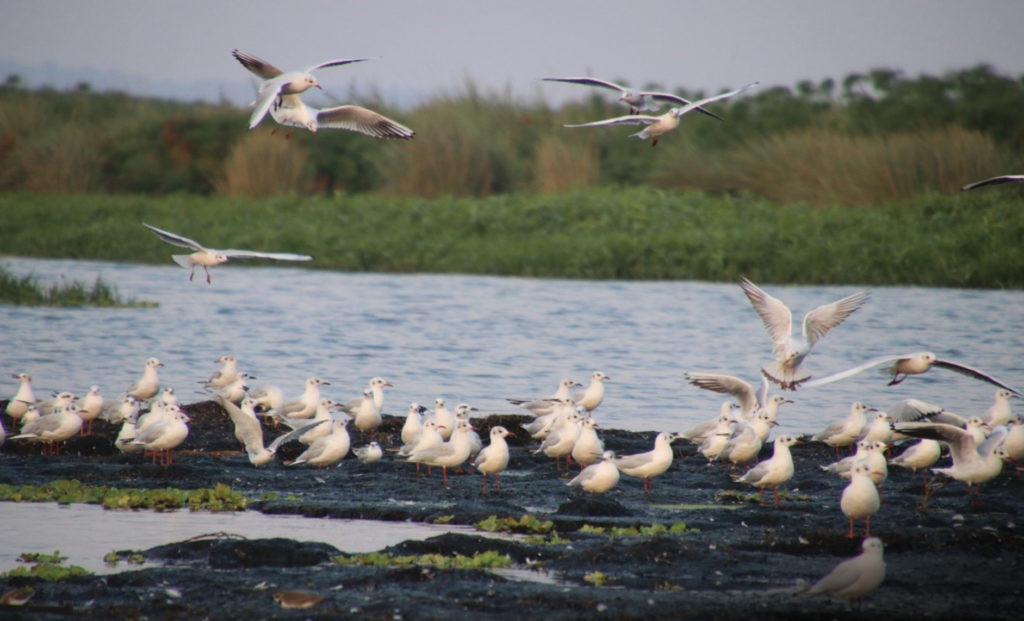
A CRUDE OIL PIPELINE IN THE HEART OF EAST AFRICA
A massive oil project in western Uganda is putting at risk the sustainability of the region’s rich diversity and the wellbeing of its inhabitants
BY NADINE ATUGONZA | HOIMA, UGANDA
UGANDA IS described as the Pearl of Africa. Its plains, gently rolling hills and mountains that are all dotted with the greenest green make this country so spectacularly beautiful that it is described as a pearl. While all of Uganda is beautiful, the western part is particularly so; with its rift valley, blue lakes and majestic mountains, that part of the country bedazzles. It looks like the stuff of which beautiful movies are made.
Biodiverse Albertine Rift
Uganda is also a biodiverse country. Western Uganda and particularly the Albertine Rift are not only beautiful, but important to humanity in their outstanding biodiversity. The rift is home to eight out of the 15 nationally and internationally recognised forests present in Uganda, 70% of Uganda’s national parks, 12 wildlife reserves, 13 wildlife sanctuaries and five wildlife community areas.
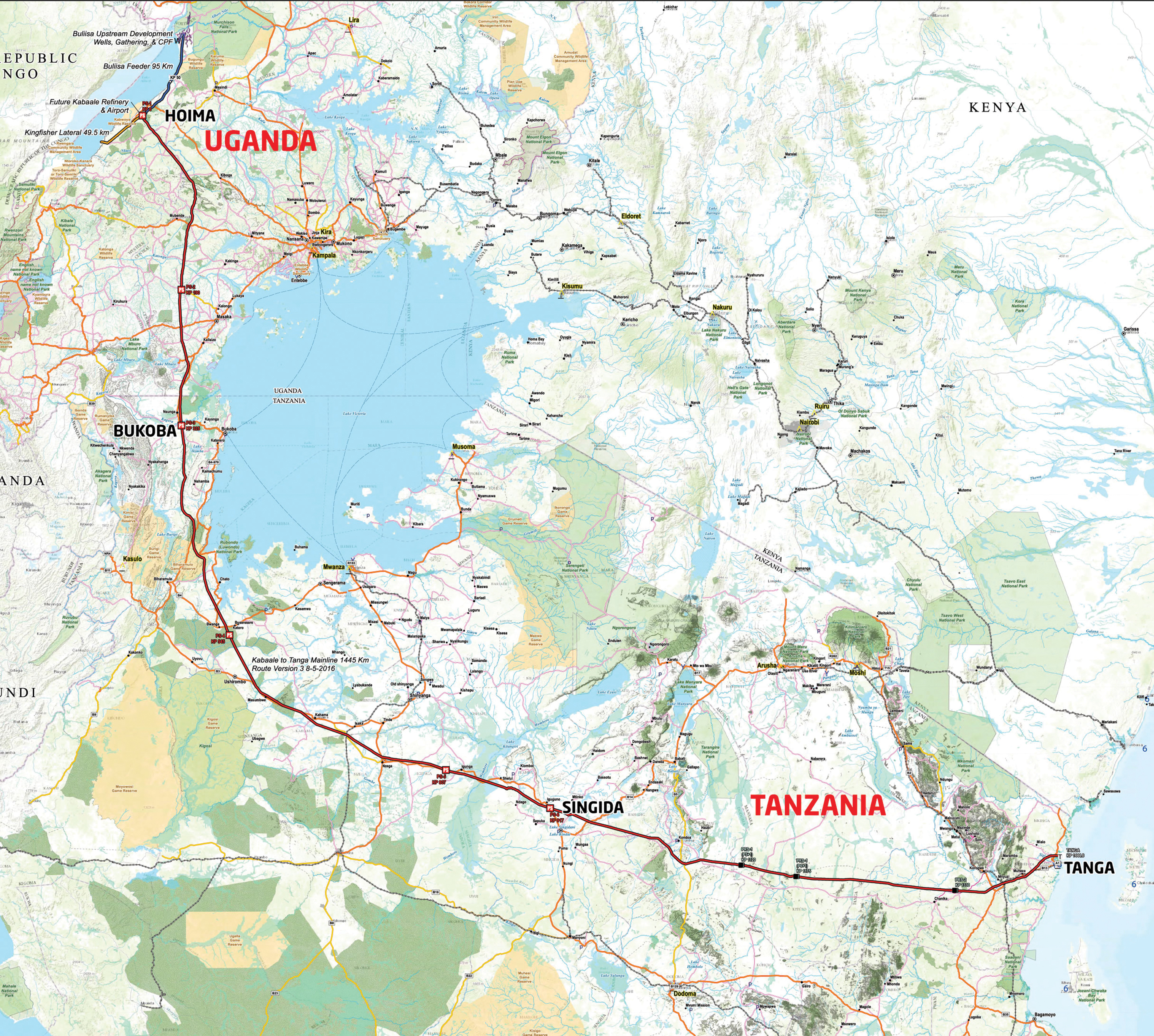
Source: https://eacop.com/information-center/maps/the-route/route-description-map/
In addition, the Albertine Graben, which extends to the Democratic Republic of Congo (DRC), is an important biodiversity hotspot. It is home to 39% of Africa’s mammal species, 51% of Africa’s bird species and 19% of Africa’s amphibian species. The graben is also home to 79 threatened vertebrate species, according to the Red Data List of the International Union for Conservation of Nature (IUCN).
Oil activities
Uganda’s oil and gas activities are ongoing in this biodiverse and ecologically sensitive place. Uganda discovered commercial oil deposits in the eco-sensitive Albertine Rift in 2006. Currently, the country has confirmed oil deposits of 6.5 billion barrels. Of these barrels, between 1.4 and 1.7 billion can be extracted from the ground. The rest cannot be taken out due to limitations in technology, among others.
Currently, the Ugandan government, alongside the oil companies operating in Uganda, Total-Energies (U) B.V. and China National Offshore Oil Corporation (CNOOC), have set 2025 as the year in which oil production in Uganda will commence. The oil in Uganda is to be produced under two upstream projects, namely, the Tilenga and Kingfisher oil projects.
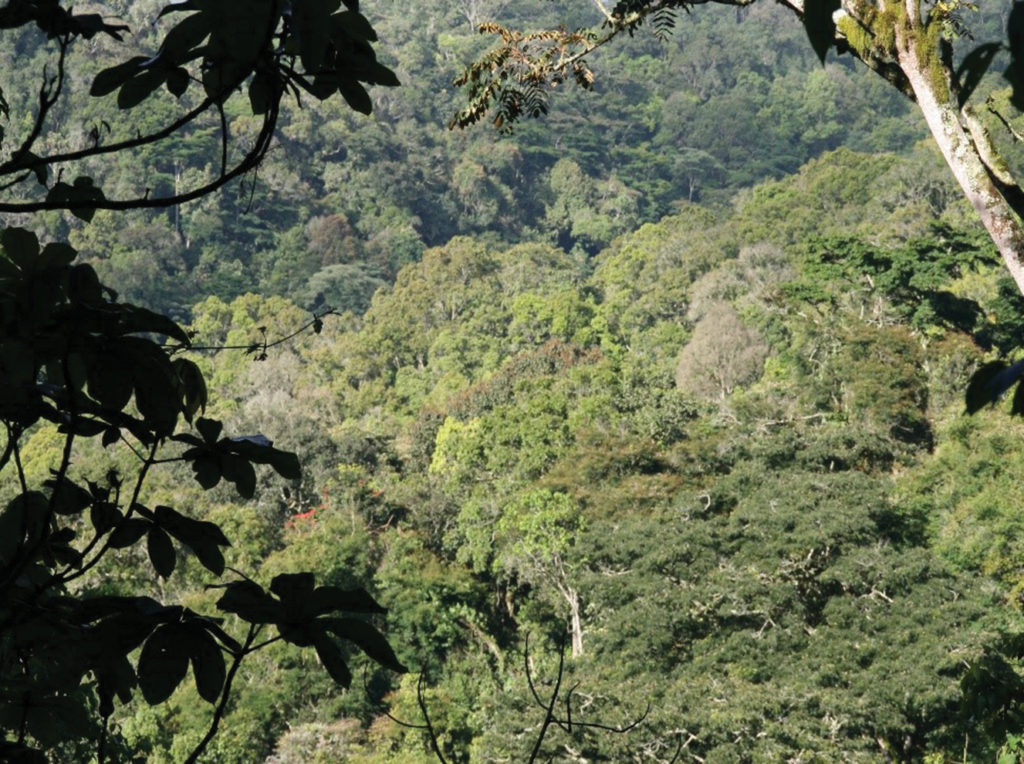
Under the above-mentioned projects, oil will be drilled from Murchison Falls National Park, one of Uganda’s largest and oldest national parks, as well as from Lake Albert, which is shared between Uganda and the DRC. Part of the drilled oil will be transported to export markets via a planned 1 443 km pipeline called the East African Crude Oil Pipeline (EACOP). The EACOP, which is expected to transport 216 000 barrels of crude oil per day at peak production, is set to be constructed from Hoima District in the Albertine region to the port of Tanga in Tanzania.
If constructed, the EACOP will be the longest heated crude oil pipeline in the world. The EACOP has to be heated up to a temperature of 50ºC because Uganda’s oil is waxy. It needs to be liquefied through heating, in order for it to be transported. Oil production in the ecosensitive and biodiverse Albertine Graben, particularly in Murchison Falls National Park and the transboundary Lake Albert, have raised controversy—so have plans to build the longest heated crude oil pipeline in the world, the EACOP.
EACOP project developers
Why is the EACOP project controversial? What risks does it pose? Before we answer these questions, let’s first speak about the EACOP project developers.
The EACOP is set to be developed by France’s Total Energies, who have 62% shares in the project. The Ugandan as well as Tanzanian governments are also shareholders. They each have a 15% share in the project. China’s CNOOC is the other shareholder with 8% shares in the project. The financial advisers to the project include South Africa’s Standard Bank, Japan’s Sumitomo Mitsui Banking Corporation (SMBC) as well as the Industrial & Commercial Bank of China.
EACOP project risks
The EACOP project poses environmental, biodiversity, social, climate change and economic risks. These are briefly discussed in this article.
Environmental risks: the oil that will be transported by the EACOP will be mostly extracted from protected eco-sensitive areas, namely Murchison Falls National Park and Lake Albert. These protected areas, which are of great biodiversity and social and economic importance to Uganda, stand to be degraded due to the oil extraction projects. As was earlier indicated, Murchison Falls National Park is not only one of Uganda’s oldest national parks but is also its second largest. According to information from the Uganda Wildlife Authority (UWA), the park is home to 76 mammals as well as 451 bird species. In addition, the park is also home to the UNESCO-designated Ramsar Site, the Murchison Falls-Albert Delta Wetland System. Extraction of oil from the park to be transported via the EACOP is controversial. Further, WWF says that the EACOP itself will affect nearly 2 000 km2 of the protected area including zones in Tanzania.
Biodiversity risks: environmental destruction puts biodiversity at risk since habitats, breeding grounds, food sources, and others that biodiversity needs to survive will be destroyed. The environmental risks posed by the EACOP make the project concerning. Even more concerning is the fact that the EACOP is going to impact four forests in Uganda; particularly of concern is Wambabya Forest which is a migratory corridor for chimpanzees. The animals use the forest to cross into various surrounding forests in order to breed, access food and others. With the EACOP affecting the forest, there are fears that the forest connectivity needed for the chimpanzees’ survival will be broken. Chimpanzees are listed as one of the endangered species by the IUCN. Every effort must therefore be made to protect them.
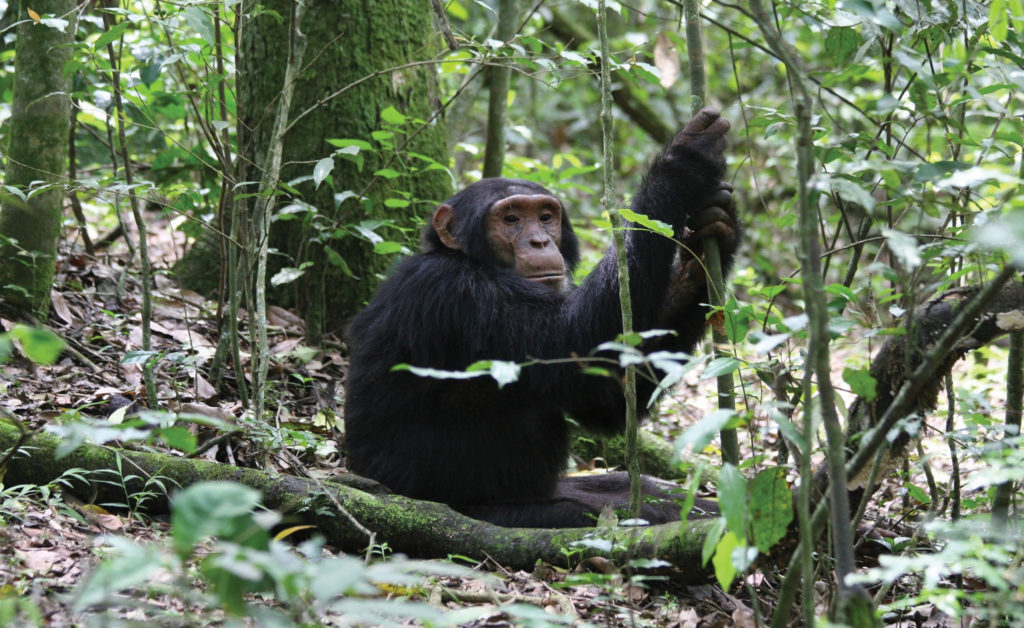
Water access risks: Lake Victoria is a magnificent lake on which an estimated up to 40 million people in East Africa rely to access water. The lake, which is shared by Uganda, Kenya and Tanzania, is the second biggest freshwater lake in the world. The lake has been affected by the EACOP as nearly a third of the pipeline will be constructed in the Lake Victoria basin. There are fears that in case an oil spill occurs, the lake which serves millions could be contaminated. The EACOP is also set to affect various wetlands that are Ramsar sites in Uganda.
Climate change risks: the EACOP is being developed at a time when scientists have said that in order to meet the Paris Climate Change Agreement goal, no more new oil and gas projects should be initiated. However, the EACOP is set to be developed and at peak production, the oil transported by the EACOP will result in the production of over 34.3 million metric tonnes of carbon per year. These are more emissions than Tanzania and Uganda produce at the moment.
Social risks: over 14 000 households in Tanzania and Uganda have been affected by the EACOP. Their land has been compulsorily acquired for the project. The householders were stopped from growing perennial food and cash crops on their land in 2018 and 2019. They were also stopped from setting up new developments on their land, including those who reside in towns. As a result, the affected families suffered food scarcity. Men in towns also abandoned their families and stopped providing for them. Family incomes were also reduced as families could not grow and sell perennial cash crops. Today, the EACOP-affected householders are yet to be compensated.
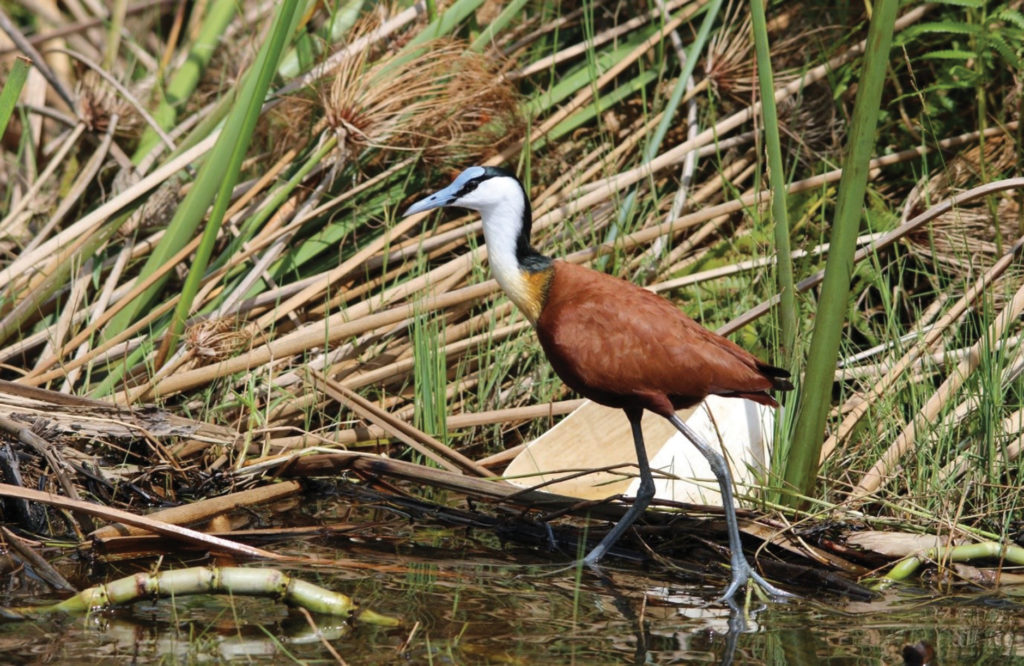
Economic risks: Tanzania and Uganda are relatively poor countries. To invest in the EACOP, the countries alongside Total-Energies and CNOOC need to invest $5 billion. Most of this money will be borrowed. Already, Uganda has borrowed heavily to invest in the oil and gas sector. Uganda’s 2020 Debt Sustainability Analysis Report indicated that Uganda’s debt to GDP ratio would rise to nearly 50% by June 2021 and to 54.1% by 2022/23 due to borrowing for the oil, gas and transport investments. While money is being borrowed, the revenue collected by the Ugandan government keeps declining, especially because of the economic constraints caused by COVID-19. With Uganda borrowing for the oil sector amidst declining revenues and energy transition efforts to clean energy by various countries, the risk that Uganda will not be able to pay back its debt is heightened.
Repressed civic space
Civil society organisations (CSOs) and campaigners have vigorously campaigned against the project because of its risks. Because of these campaigns, they have been targeted and have been arrested, detained or had their organisations closed. On 20 August 2021 for instance, the Ugandan government halted the activities of 54 organisations, many of which are critical of oil projects. It has become hard for CSOs and communities to speak up because of the repressed civic space.
In conclusion, it can be said that God created a beautiful world. He charged man with looking after this world. All people of faith, and our secular brothers and sisters, therefore ought to speak up and convince those who are intent on destroying nature for their own profit to stop doing so. Profits can be made and there are several opportunities for making these profits such as investment in clean energy which can save both the planet and help those who are seeking a livelihood.
